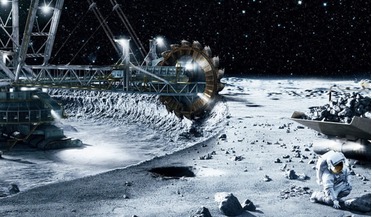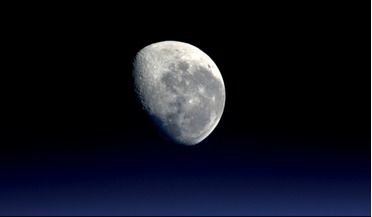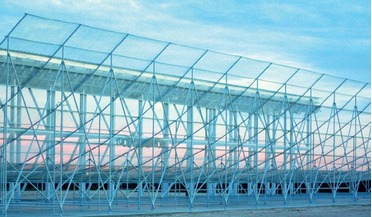 March 2016
Space debris conundrum for international law makers
March 2016
Space debris conundrum for international law makers
... launch it was caught up in the train of debris created by the February 2009 collision between the commercial satellite Iridium-33 the Russian satellite Cosmos-2251; in September 2013, the US Air Force reported the Cubesat had passed...
 March 2016
Space Mining – the Reality of Tomorrow?
March 2016
Space Mining – the Reality of Tomorrow?
... in volume and content and would be incredibly valuable if it contained precious metals or rare Earth materials such as Iridium, Rhodium, Ruthenium, Palladium or Osmium. In contrast, the economics would be much more difficult in the case of PHAs...
 September 2016
Transforming US space policy
September 2016
Transforming US space policy
... in low Earth orbit will continue to grow due to collisions, even if nothing new is launched. Catastrophic collisions such as Iridium 33-Cosmos 2251 will occur every five to nine years. Each such collision will create thousands of pieces...
 April 2017
Mega-challenges for mega-constellations
April 2017
Mega-challenges for mega-constellations
... rate of such low order is also observed in currently operated large constellations in higher LEO orbits, such as those of Iridium and Globalstar. As previously shown, low success rates have dramatic effects on the environment and success rates...
 May 2017
Will international space law struggle to remain relevant?
May 2017
Will international space law struggle to remain relevant?
... minutes, while a piece of debris passed by. At around the same time, an operational American commercial satellite (Iridium 33) and an inactive Russian communications satellite (Kosmos 2251) collided approximately 790 km above the Earth, resulting...
 July 2017
Hunting for neutrinos in the ice of Antarctica
July 2017
Hunting for neutrinos in the ice of Antarctica
... antennas. Currently the stations are equipped with long-range wifi and satellite communication via the Iridium network, commonly used for telephone connections in polar regions. While the long-range wifi allows for...